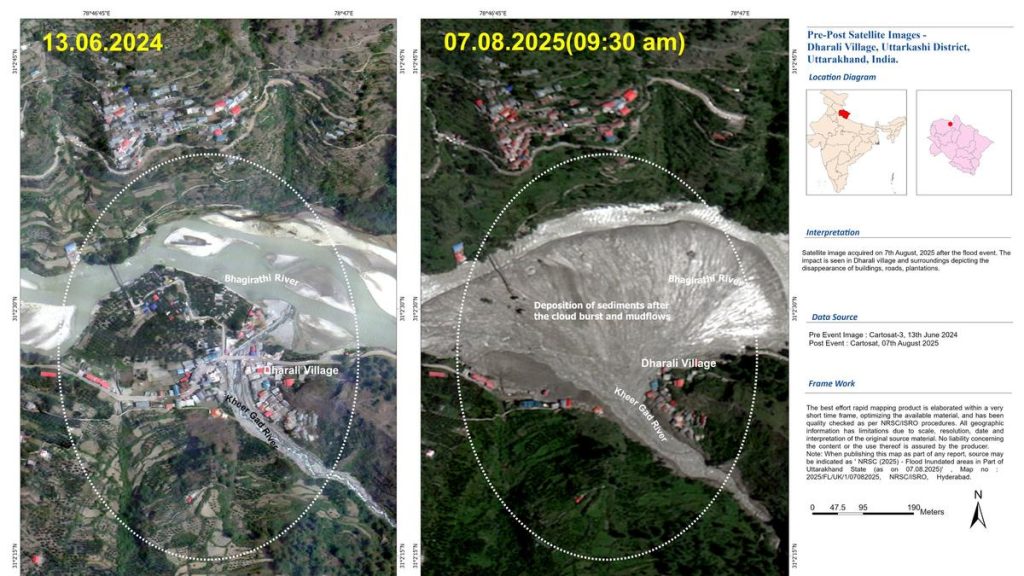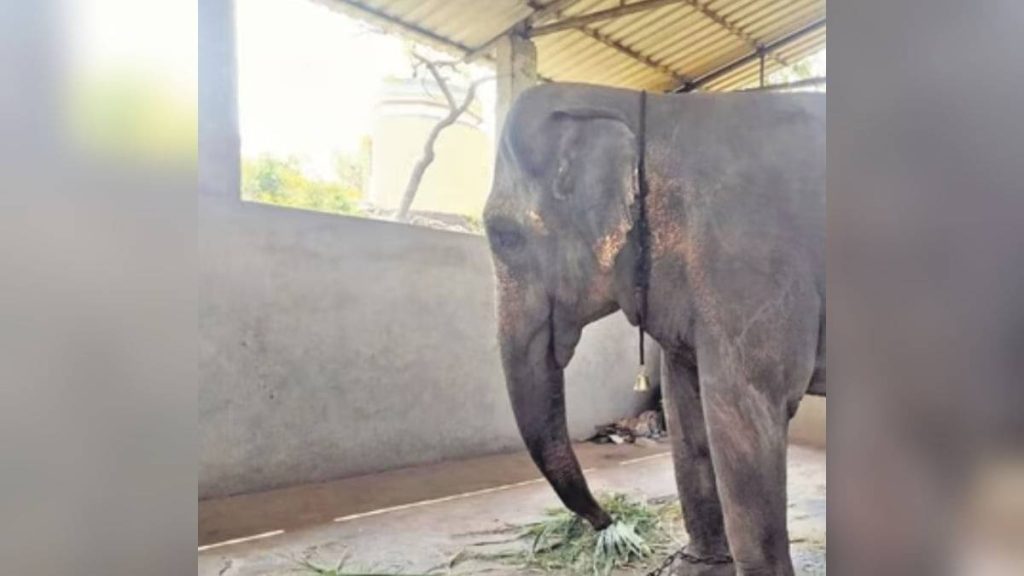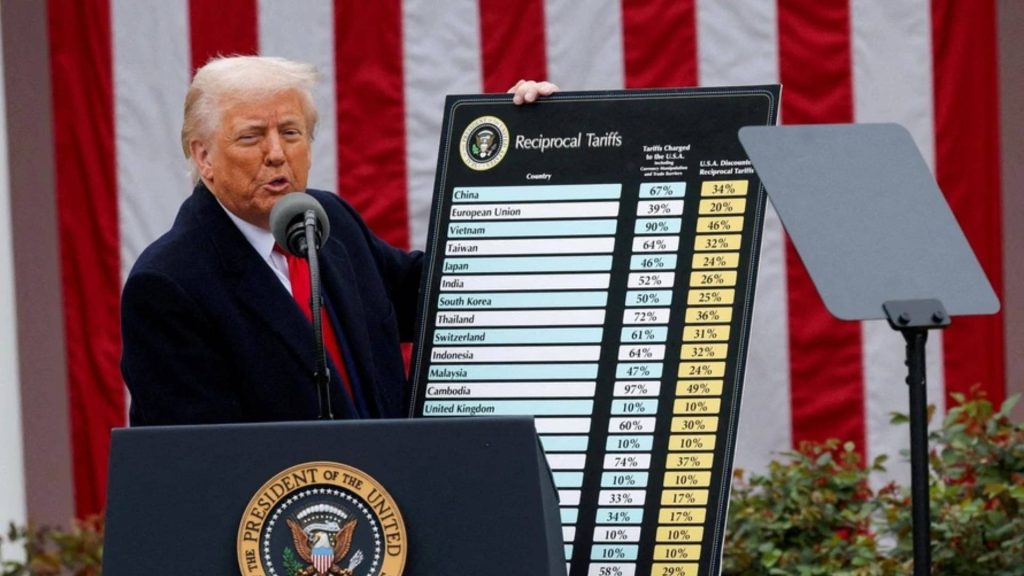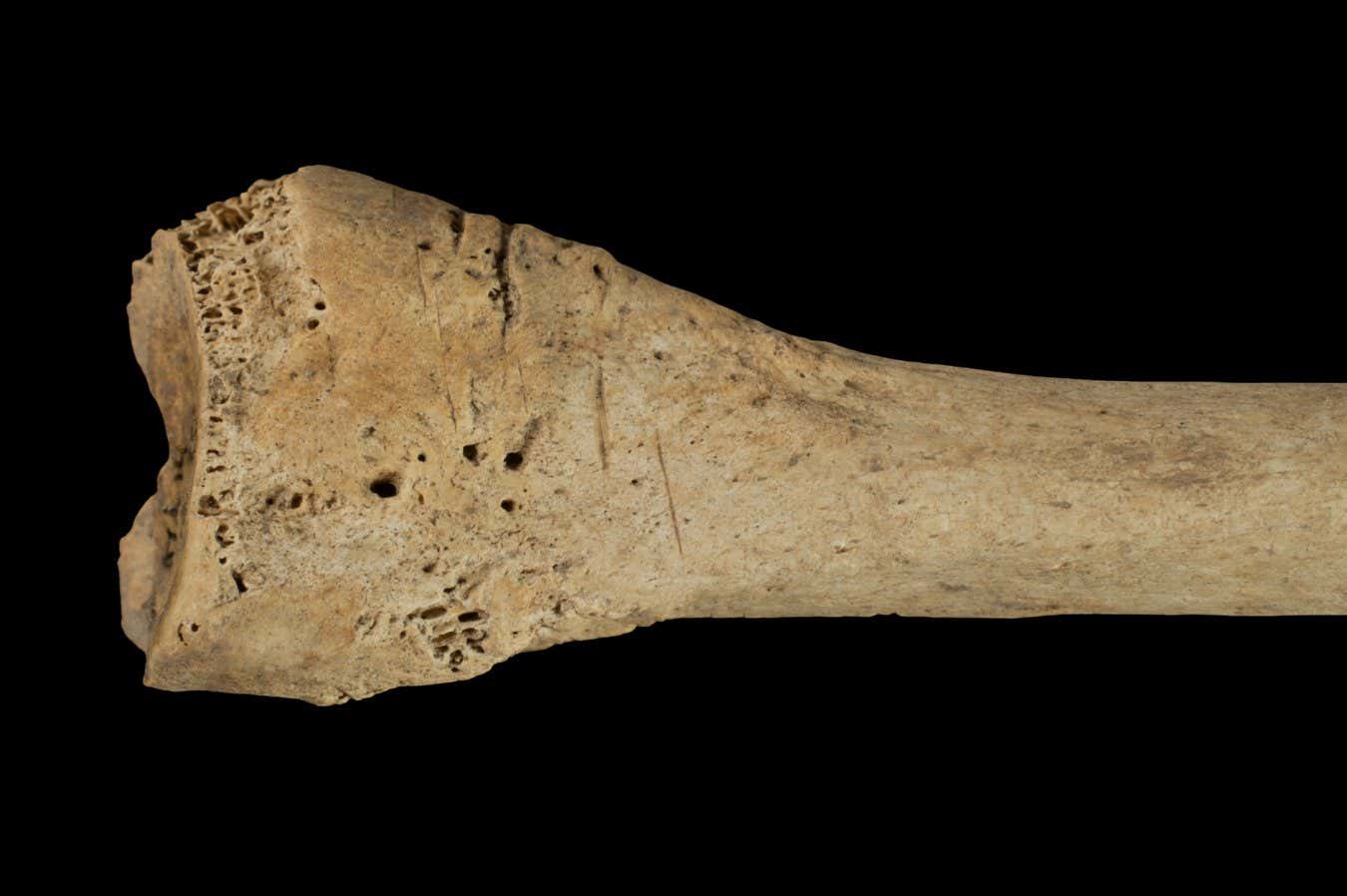Now Reading: Exploring Black Holes: Can Interstellar Nanocraft Unlock the Mystery?
-
01
Exploring Black Holes: Can Interstellar Nanocraft Unlock the Mystery?
Exploring Black Holes: Can Interstellar Nanocraft Unlock the Mystery?
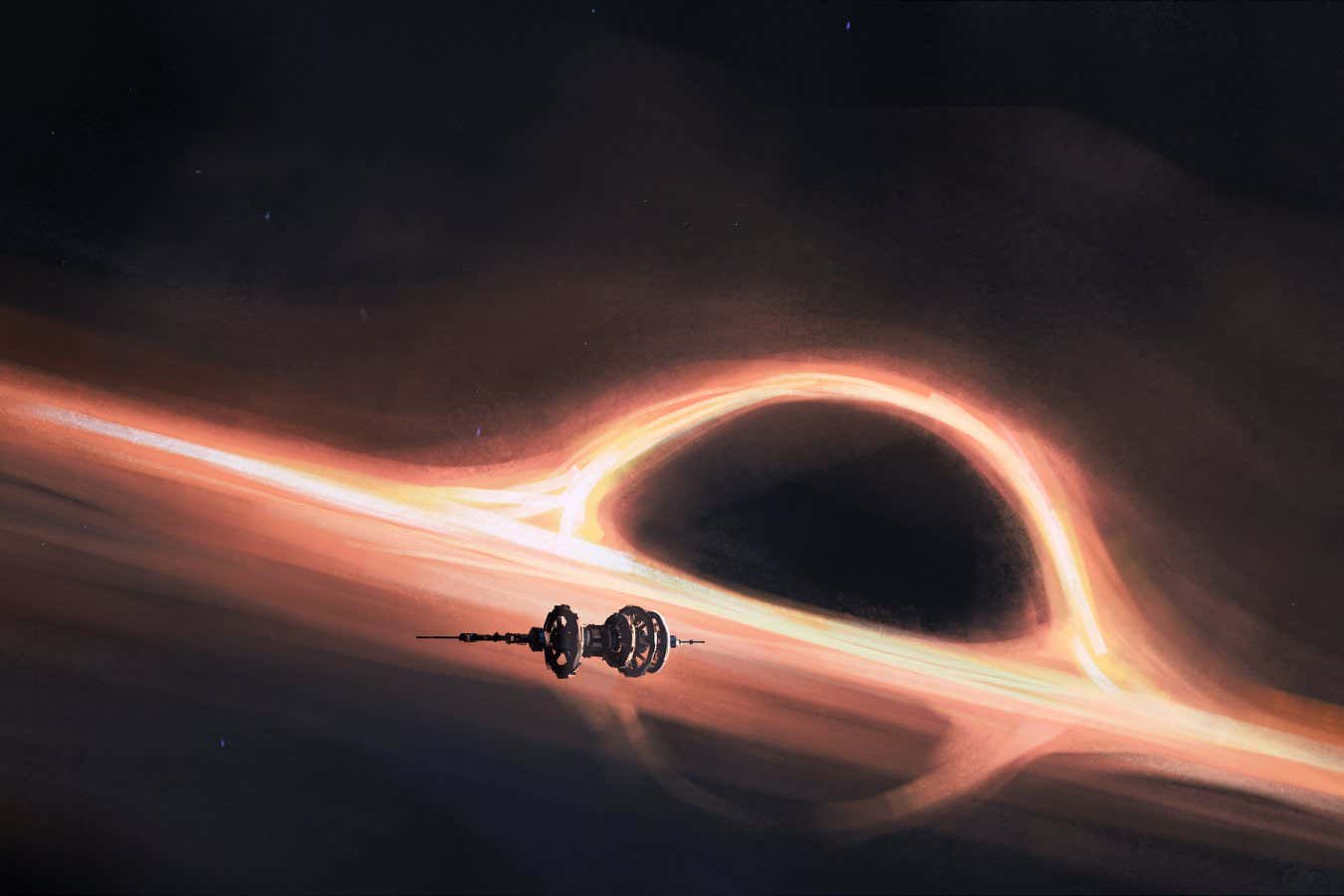
Swift Summary
- Scientists propose sending an interstellar probe too a black hole using light sails and nanocrafts.
- Cosimo Bambi at Fudan University suggests this mission could test Einstein’s theory of general relativity in extreme gravity and assess fundamental constants of physics.
- The closest known black hole is about 1500 light years away, but there may be one within 20 to 25 light years of Earth, though detecting it remains a challenge due to their invisible nature.
- The proposed nanocraft would weigh around one gram and have a sail propelled by ultra-high-powered lasers, capable of reaching up to one-third the speed of light.
- Two probes may be required for data collection: one approaching the black hole and another remaining farther for transmission purposes.
- Geraint Lewis from the University of Sydney notes every aspect is ambitious but technically feasible, though technological advancements over centuries might render such plans obsolete by mission’s completion.
- Human travel to black holes is impractical due to extreme physical forces unless shortcuts like wormholes, similar to those imagined in fiction, become reality.
!An illustration of a spaceship sailing close to a black hole
Caption: An illustration of a spaceship sailing close to a black hole.
Indian Opinion Analysis
This proposal highlights humanity’s persistent curiosity about unraveling profound cosmological mysteries. Testing Einstein’s general relativity under extreme conditions can deepen scientific understanding across disciplines. It underscores the importance India should place on space research initiatives and international collaboration on cutting-edge technology progress like lasers or light sails.
For India-a country increasingly focused on advancing its space ambitions-such blueprints present opportunities for partnerships as science transcends national boundaries. While feasibility challenges remain high today (e.g., enormous costs), smaller payload-based approaches might advance India’s capabilities in developing cost-efficient exploratory missions by prioritizing miniaturization innovations relevant globally.Investments here reflect long-term gains through enriched data-driven policies fostering both education and applied science contributions.




